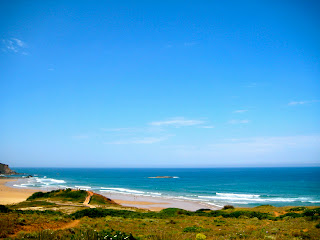Francisco Franco ruled Spain from the year 1939 until his death in November 1975 as “Caudillo by the Grace of God”. He was the chief of state and head of government, which was the ultimate source of authority. During his thirty-six years as dictator, Franco’s dictatorial regime remained unchanged in its most basic principles: the concentration of power in the hands of Franco and the absence of a constitution and of freedom of democratic parties and rights.
After Franco’s death, Spain began its gradual, and very slow transition into democracy with the proclamation of Juan Carlos I as King of Spain on November 22, 1975. During his speech, he openly expressed his position in favor of the establishment of democracy in Spain in order to overcome the division of its people as a result of the Civil War. As prince of Spain, Juan Carlos I, aware of the crumbling state of the regime, and knowing that in order to consolidate the monarchy of Spain there needed to be a social and political consensus, had already established some very important relationships with influential politicians. Consequently, Juan Carlos I faced having to deal with the democratic opposition, which led to the replacement of Arias Navarro by Adolfo Suarez, who took over as Prime Minister in July 1976.
The Constitution was drafted by a commission composed of seven members of the main groups represented in the House. After some amendments and a vote by members of Congress and the Senate, the Constitution was adopted on December 6, 1978. The result of the long constitutional debate was conditioned by the limits set by the Political Reform Act, and positions taken on some issues by certain sectors of the military and the Church. Nationalists, who included Convergencia i Unio (Catalonia) and Partido Nacionalista Vasco (Basque Country) also participated in the drafting of the Constitution. The consensus reached was focused on respect for the economic market, state planning board, and national unity within a state divided into autonomous regions.
It is clear that the Constitution of 1978 represented the formal restoration of democracy in Spain, and because of the wide support of Parliament and the people of Spain, there was a huge change in the political history of the last two centuries.
The stability of Spanish democracy has also benefited from unconditional support of the Crown. In the restoration of the monarchy in Spain, King Juan Carlos I has shown intelligence and wisdom, to the point of placing the reputation of the monarchy in the highest level of the modern history of Spain. Several factors including the royal family’s open and fairly simple lifestyle, and their support to numerous humanitarian and moral causes have thus placed the Royal Crown above politcal and ideological confrontations and therefore become the final guarantee that Spain will maintain its current democratic values and institutions.






















